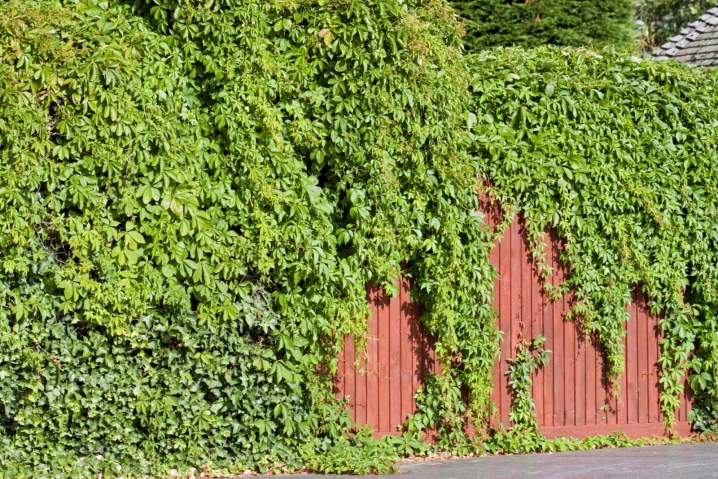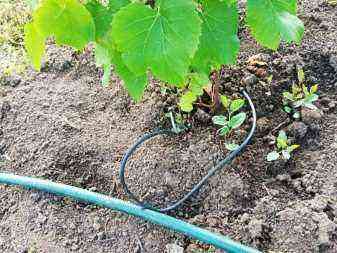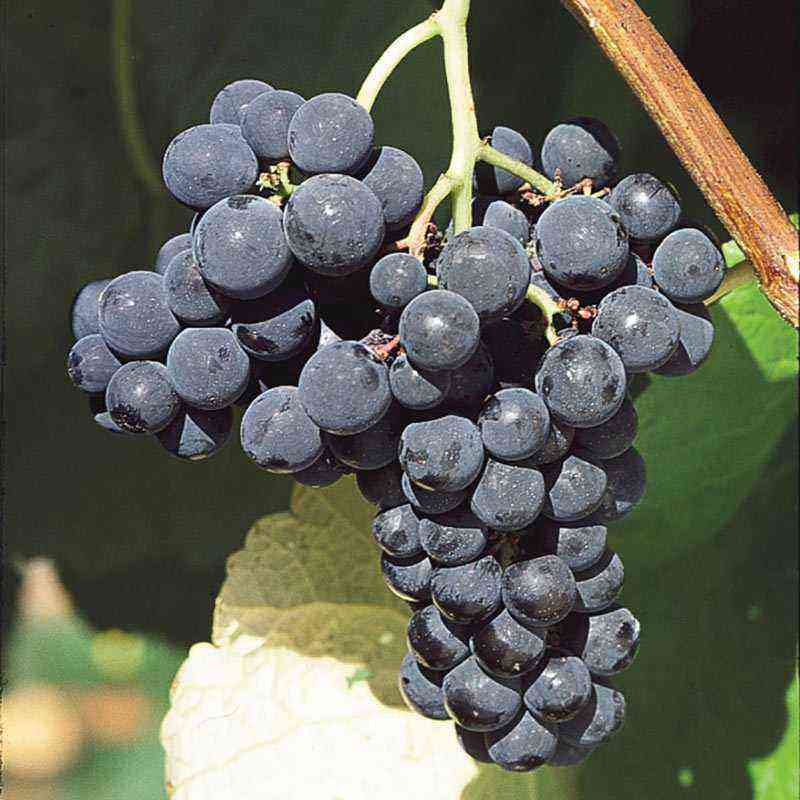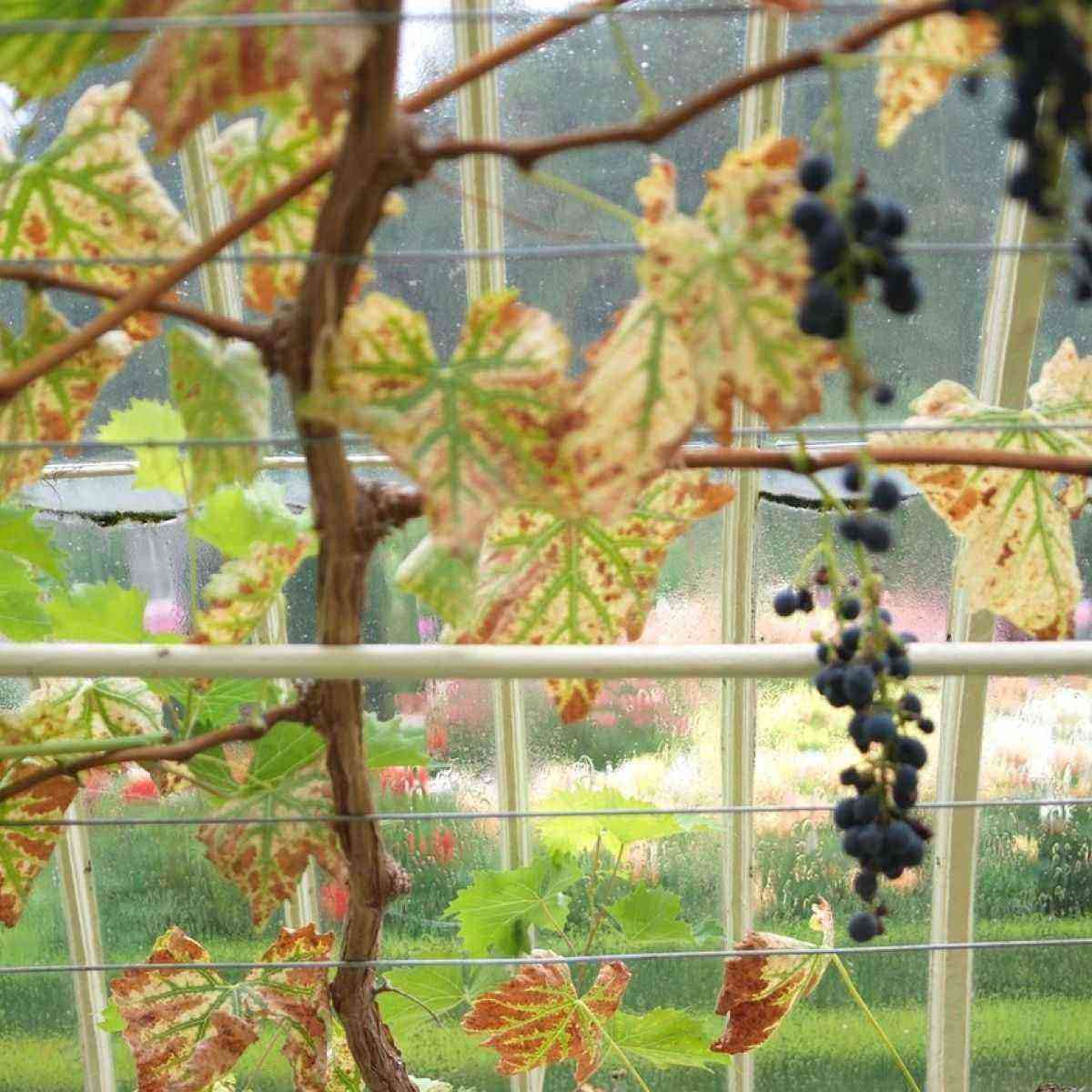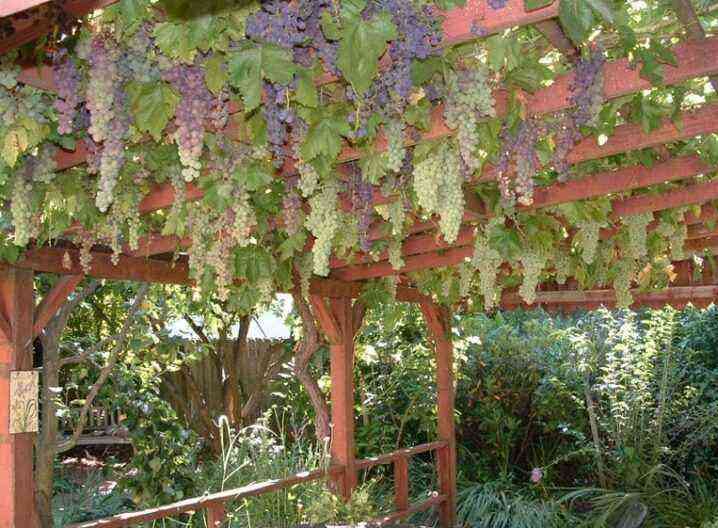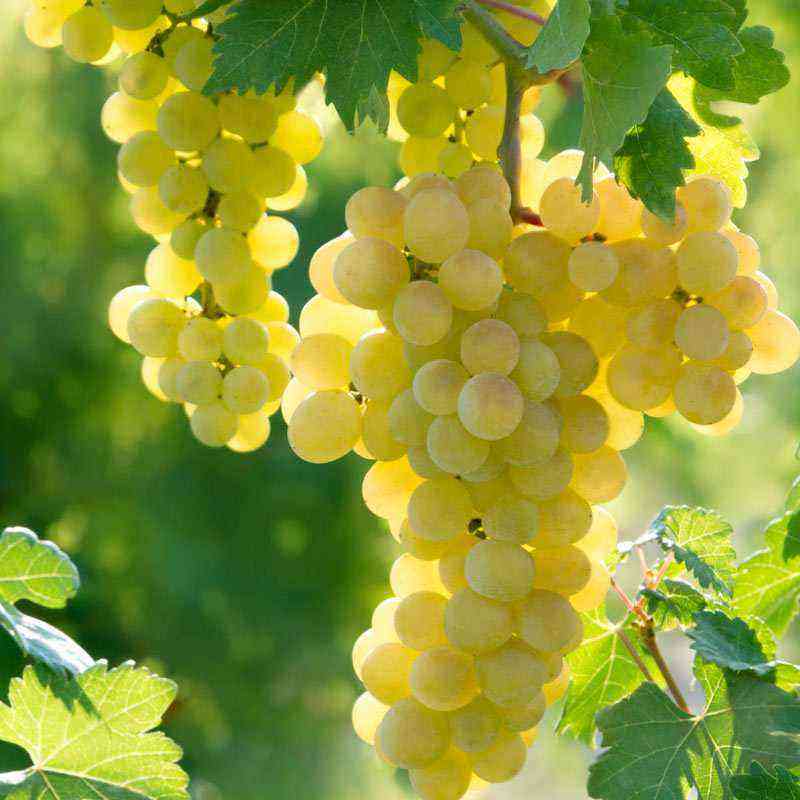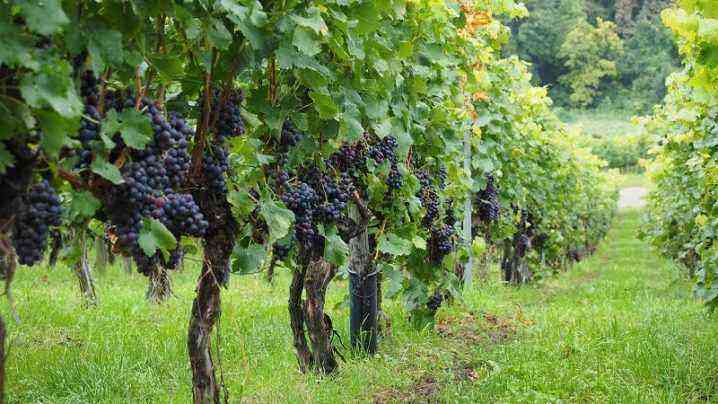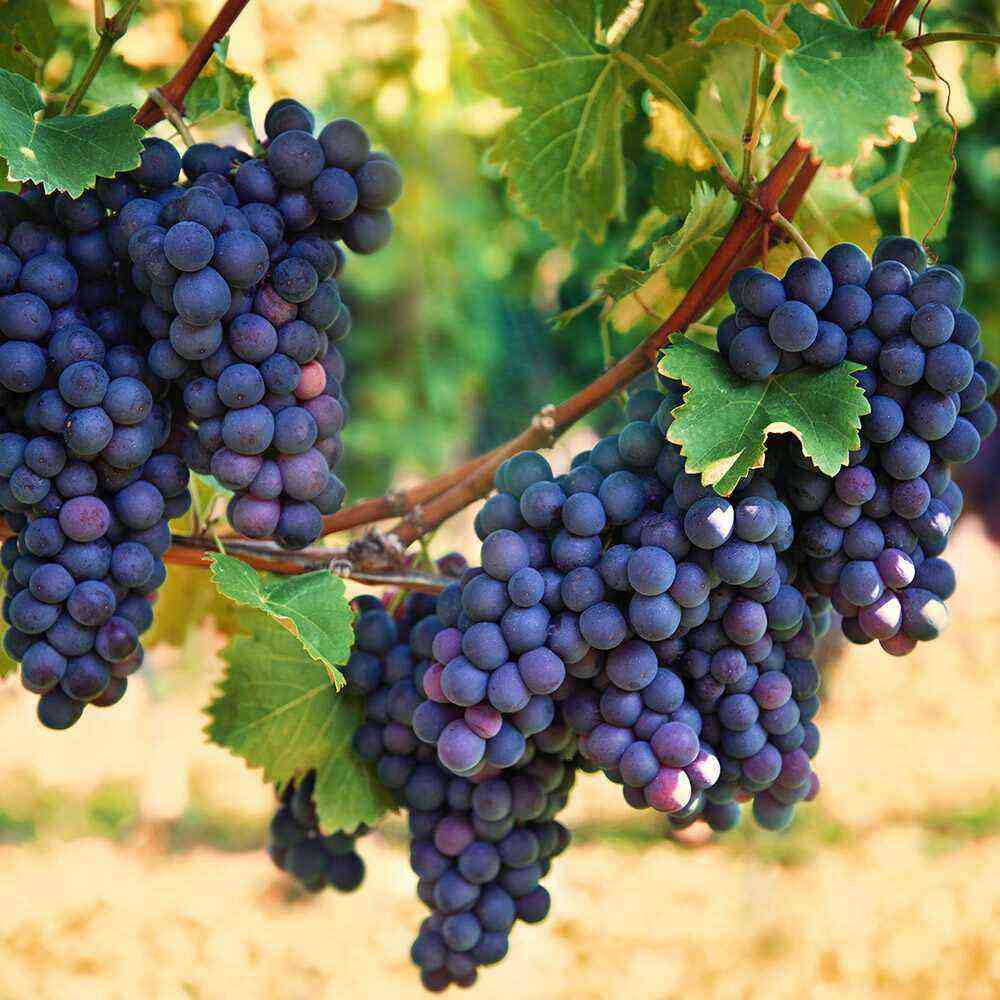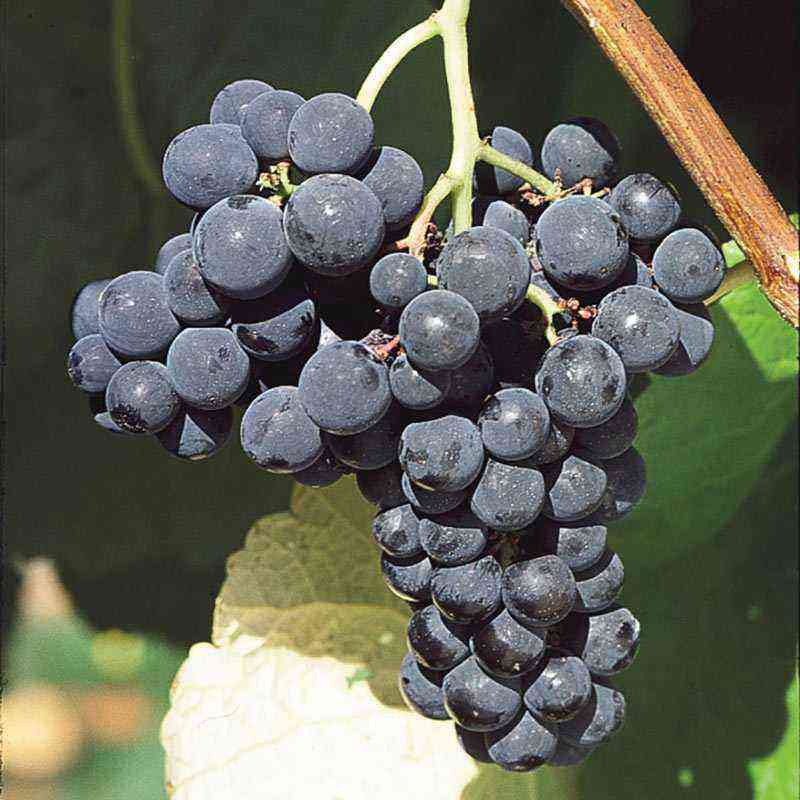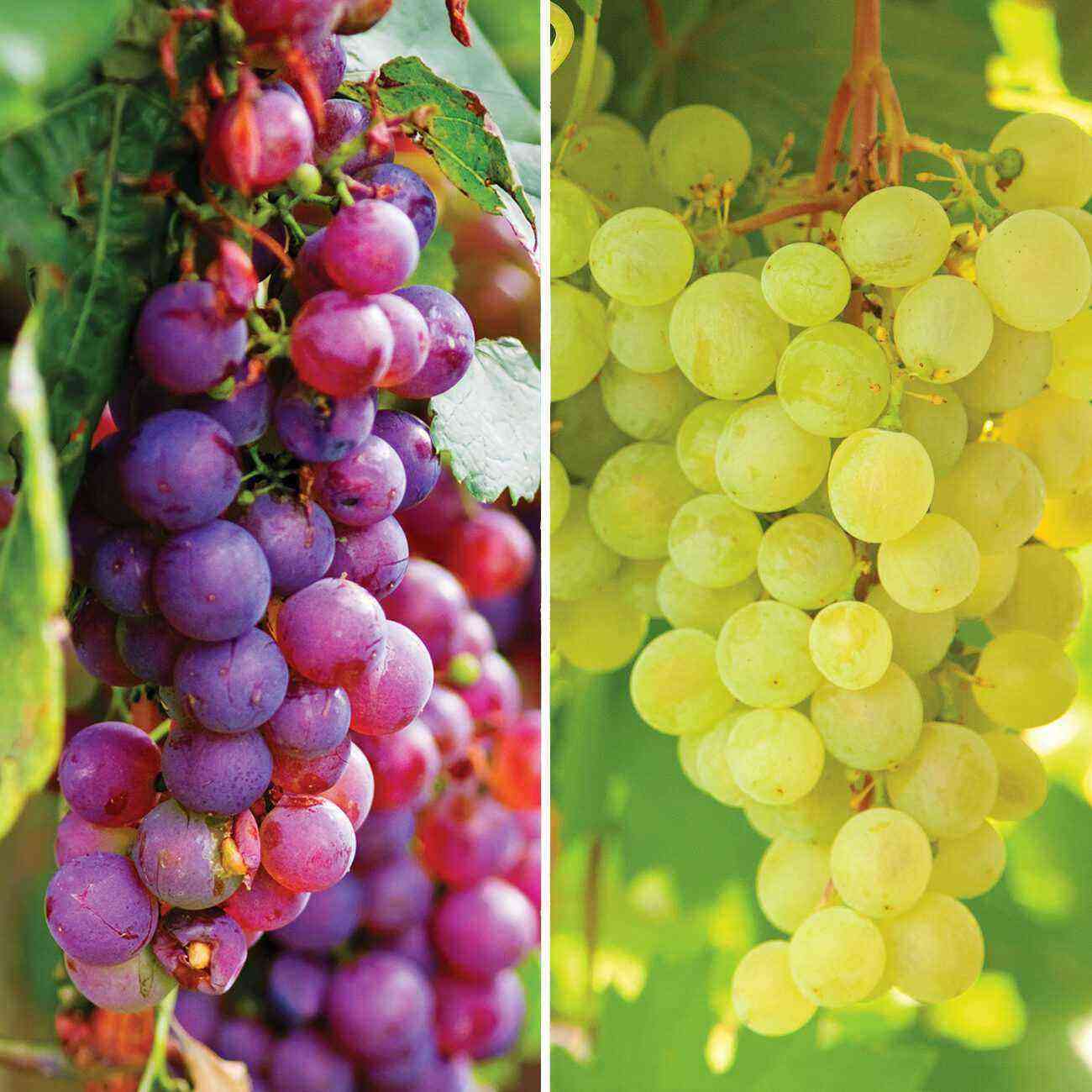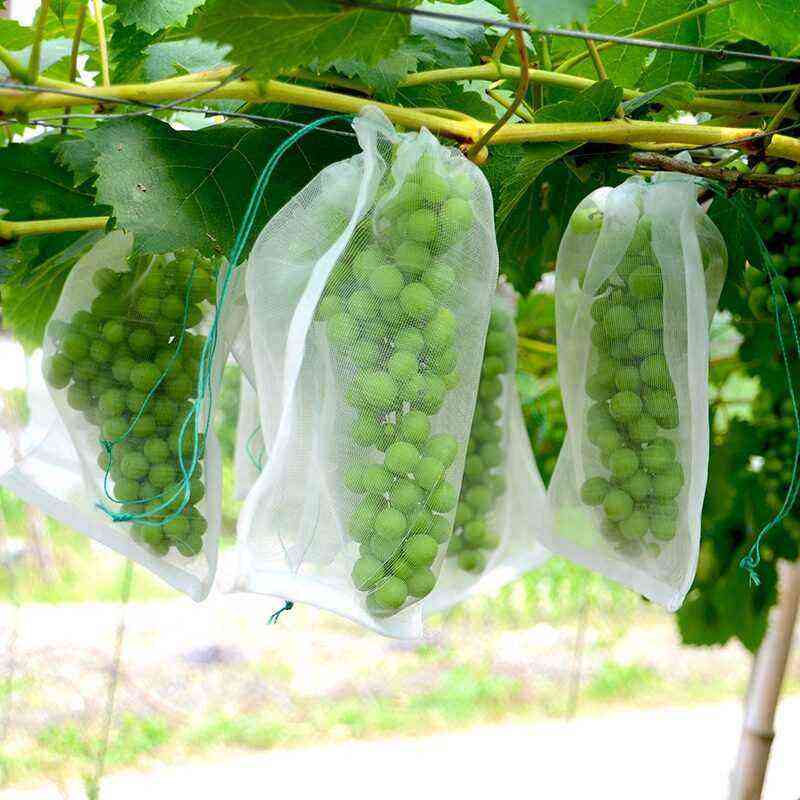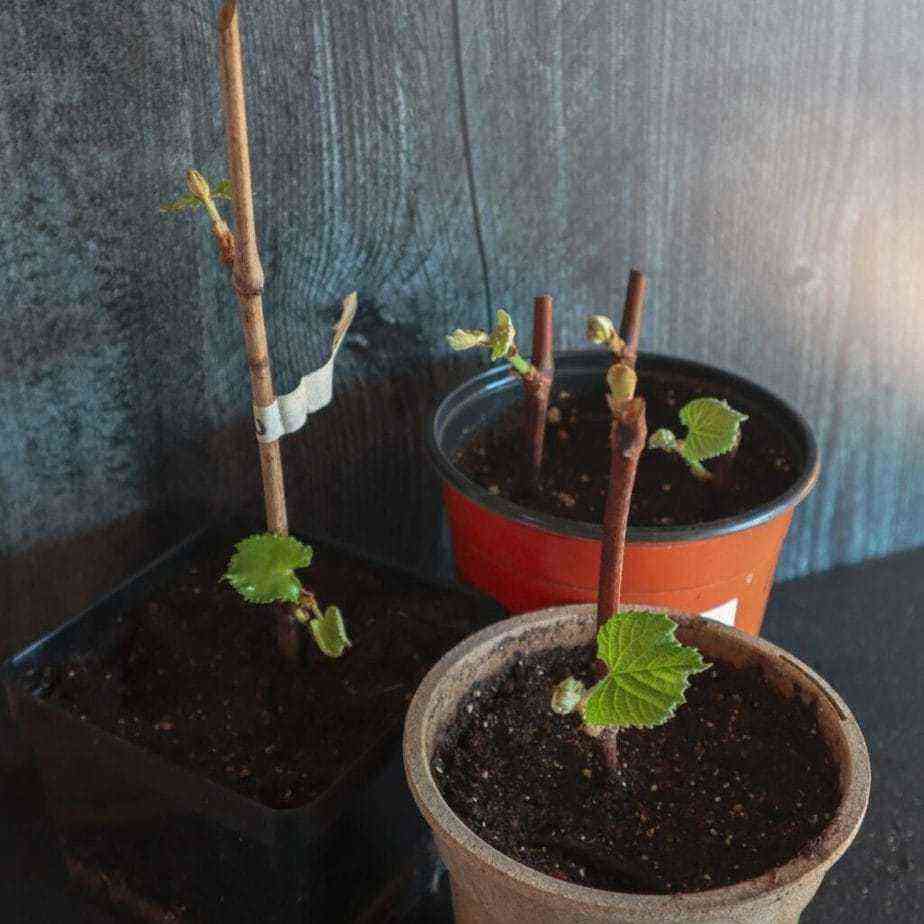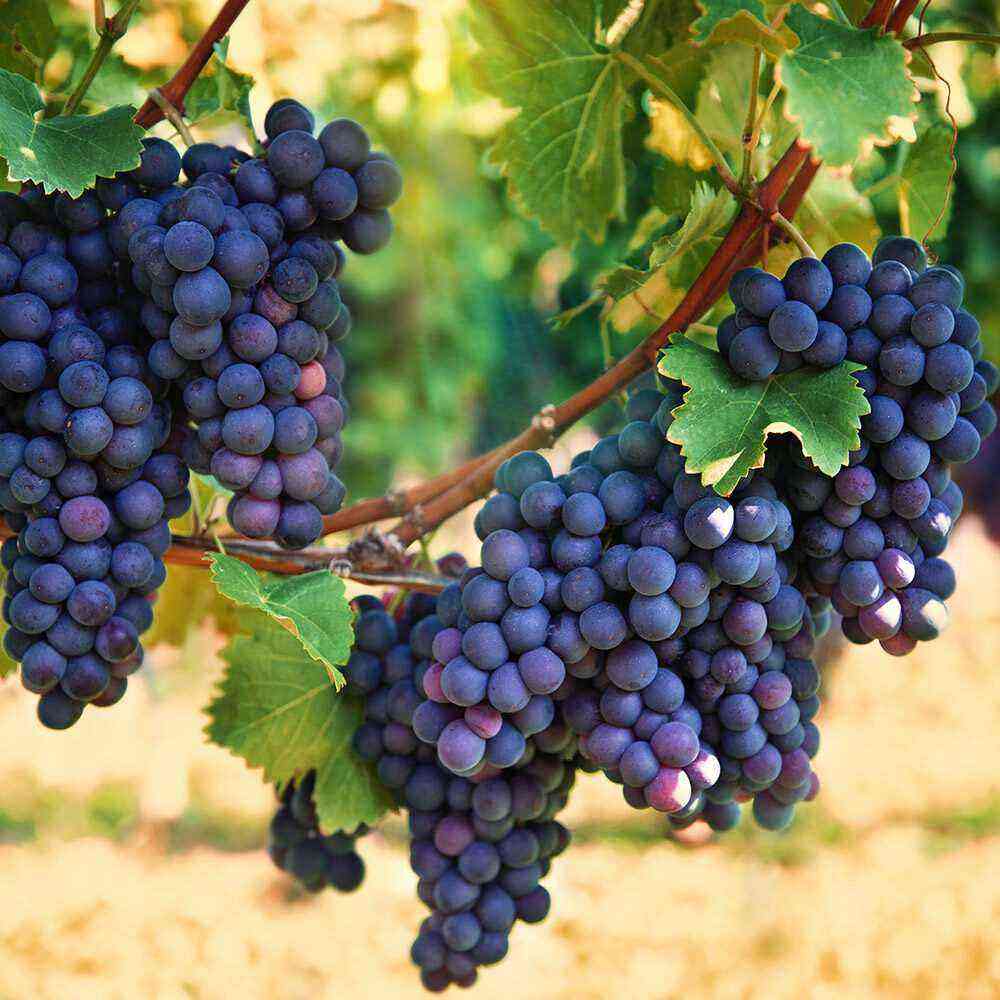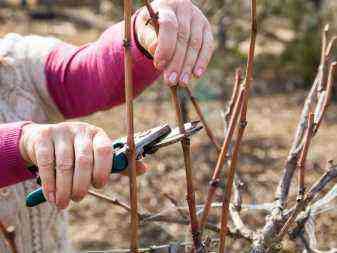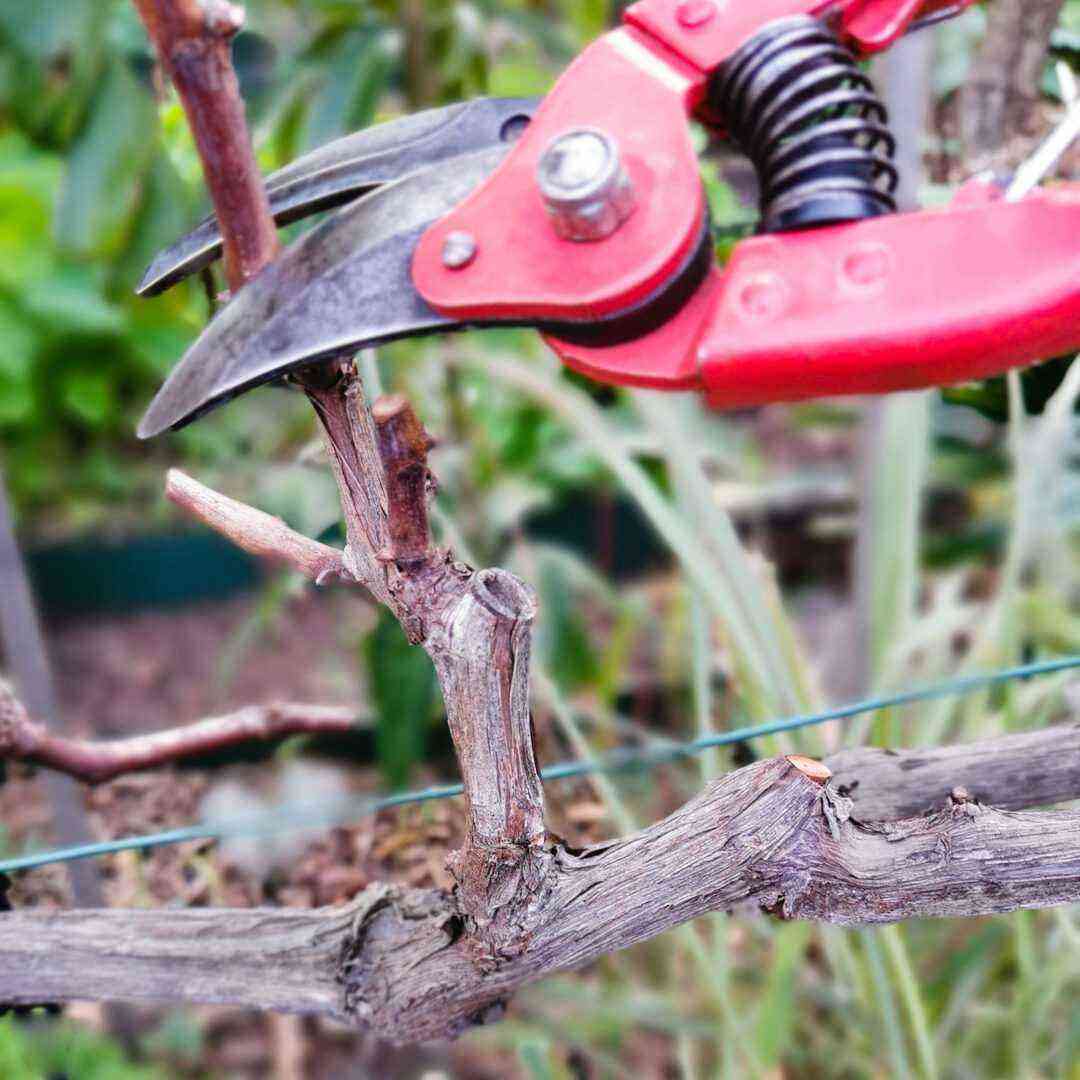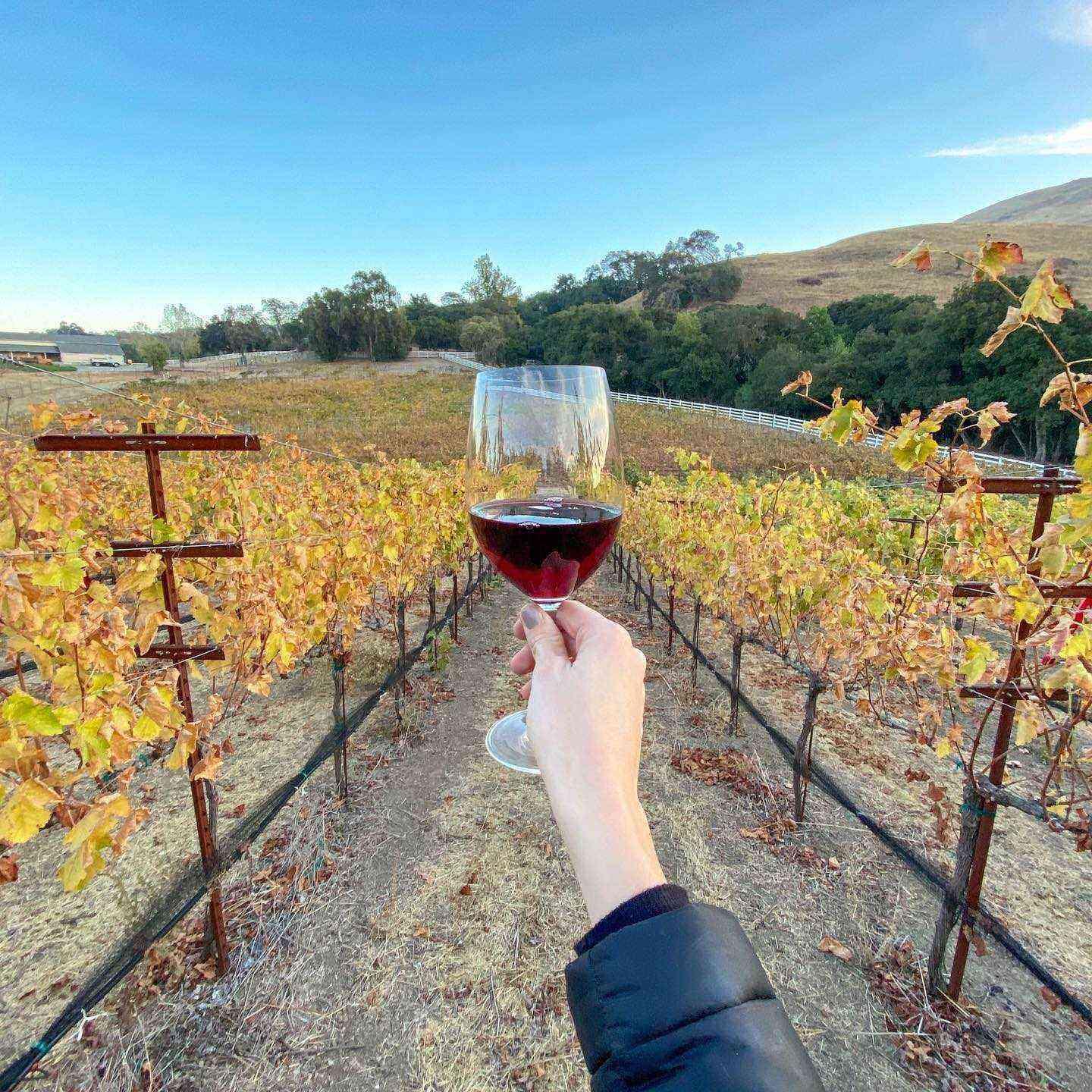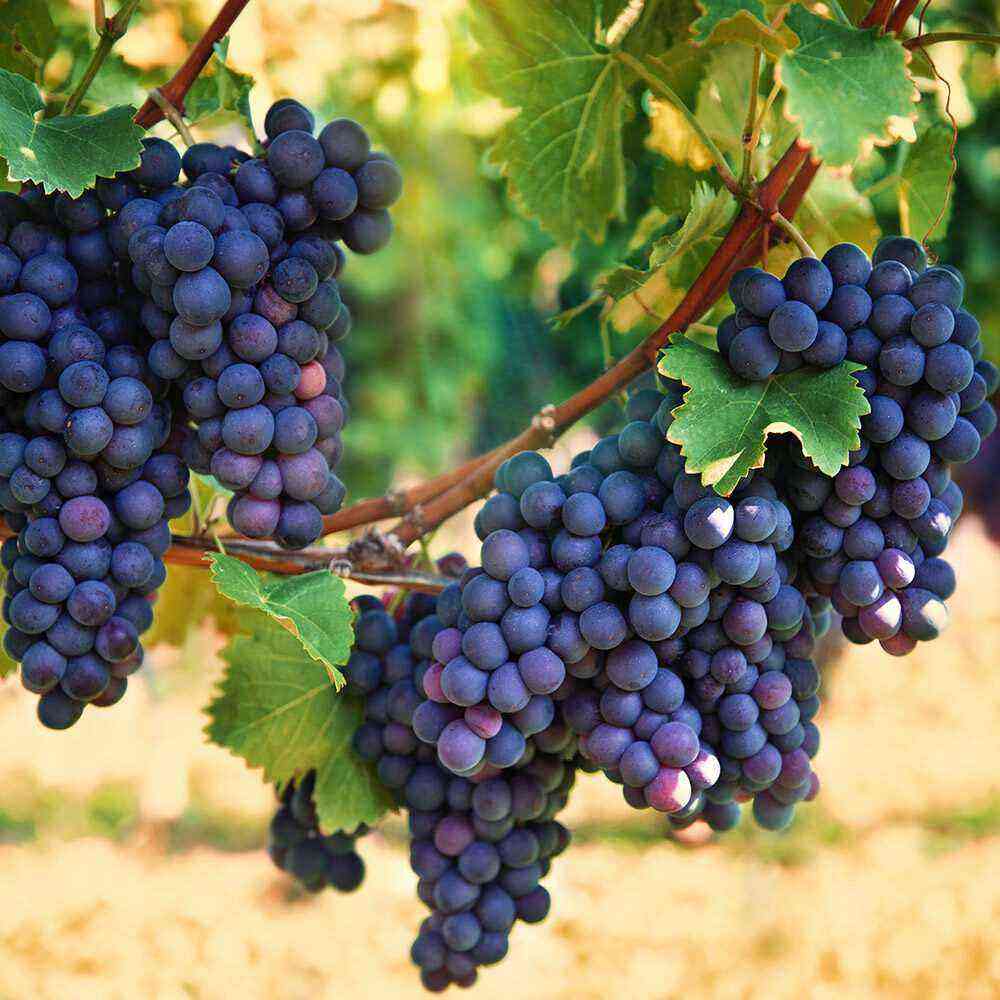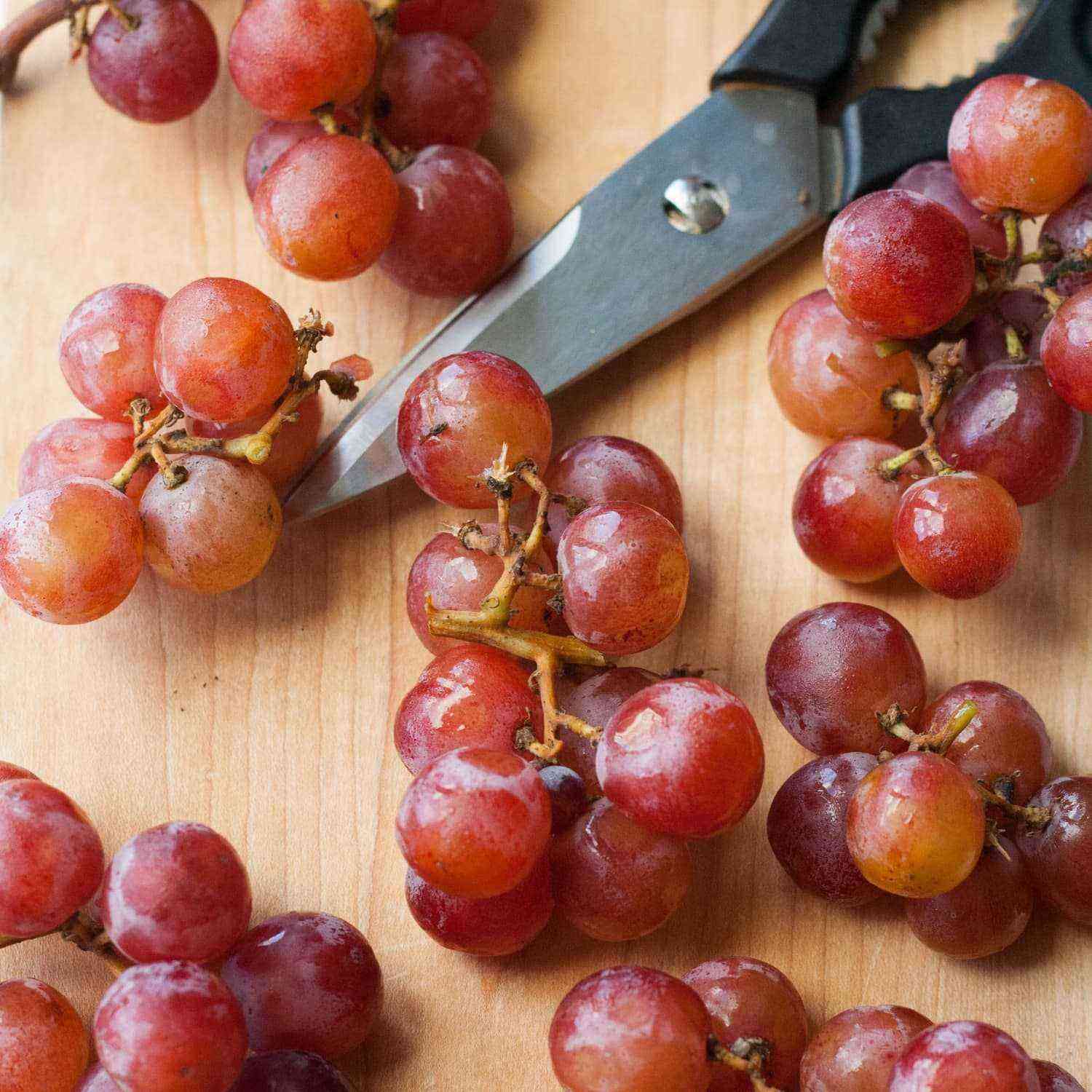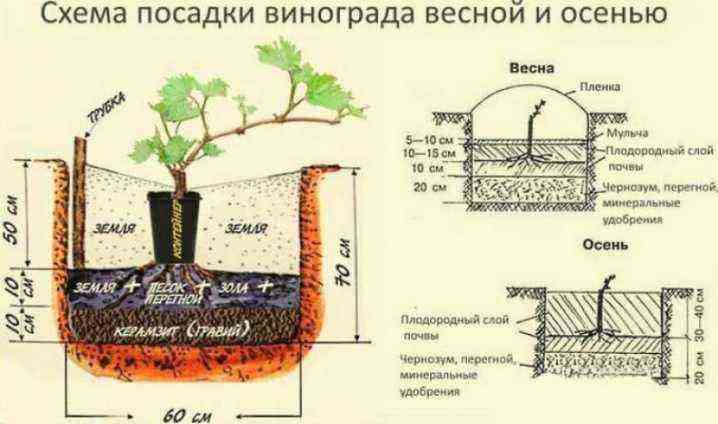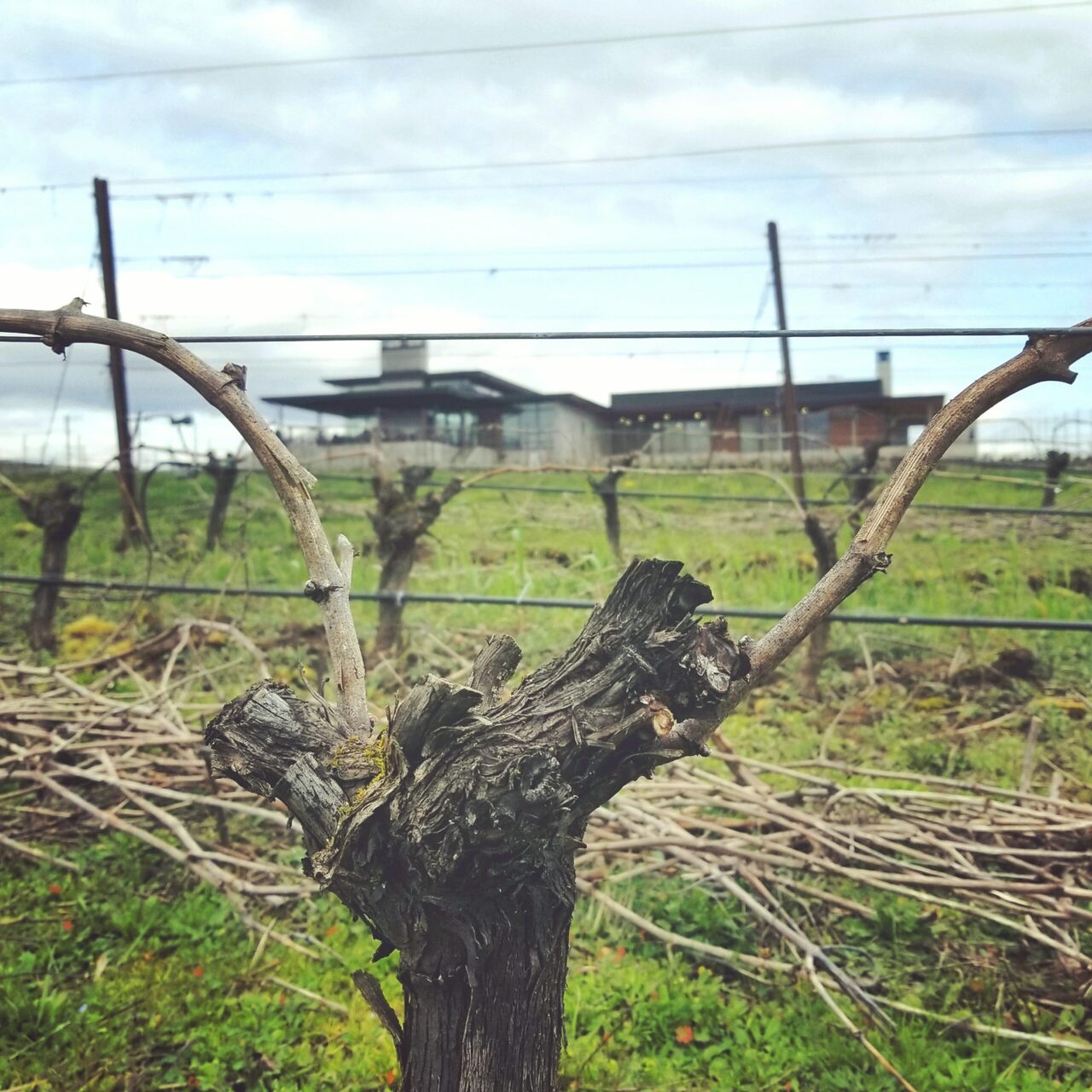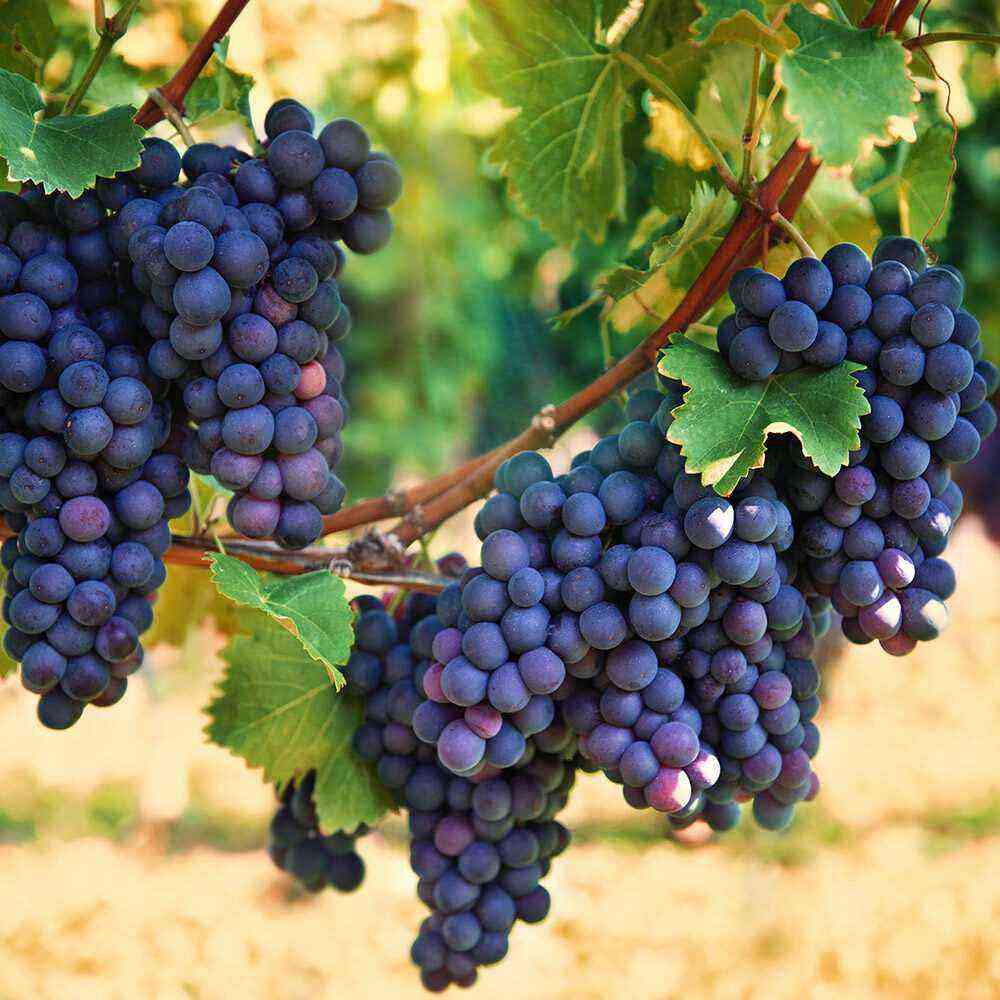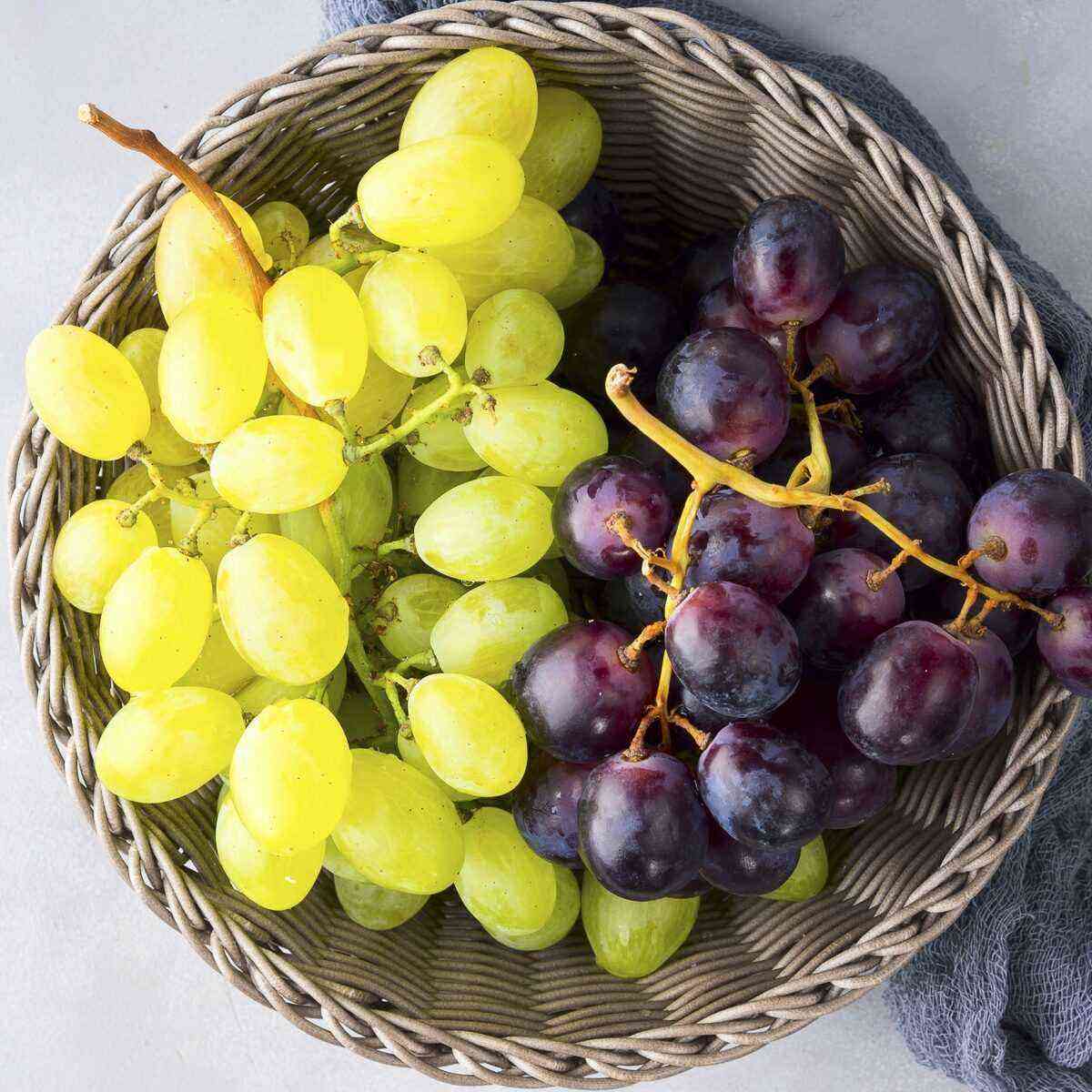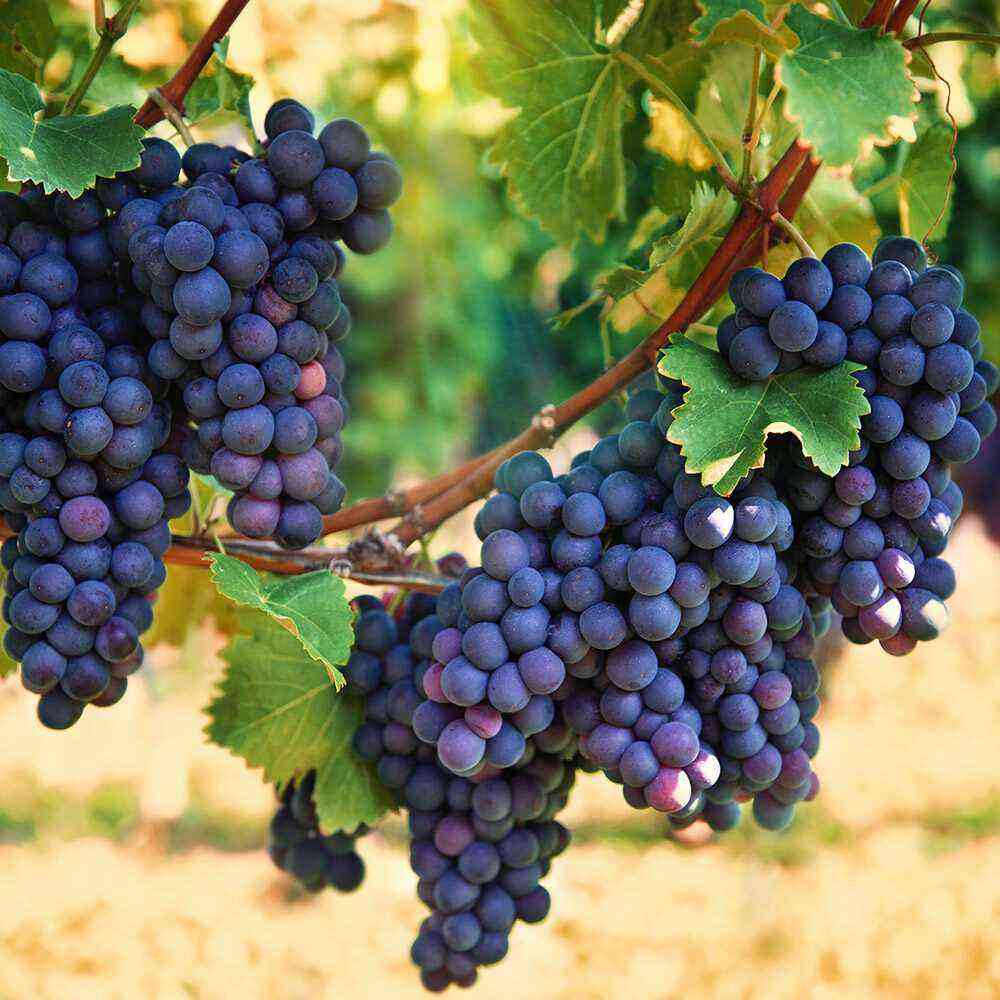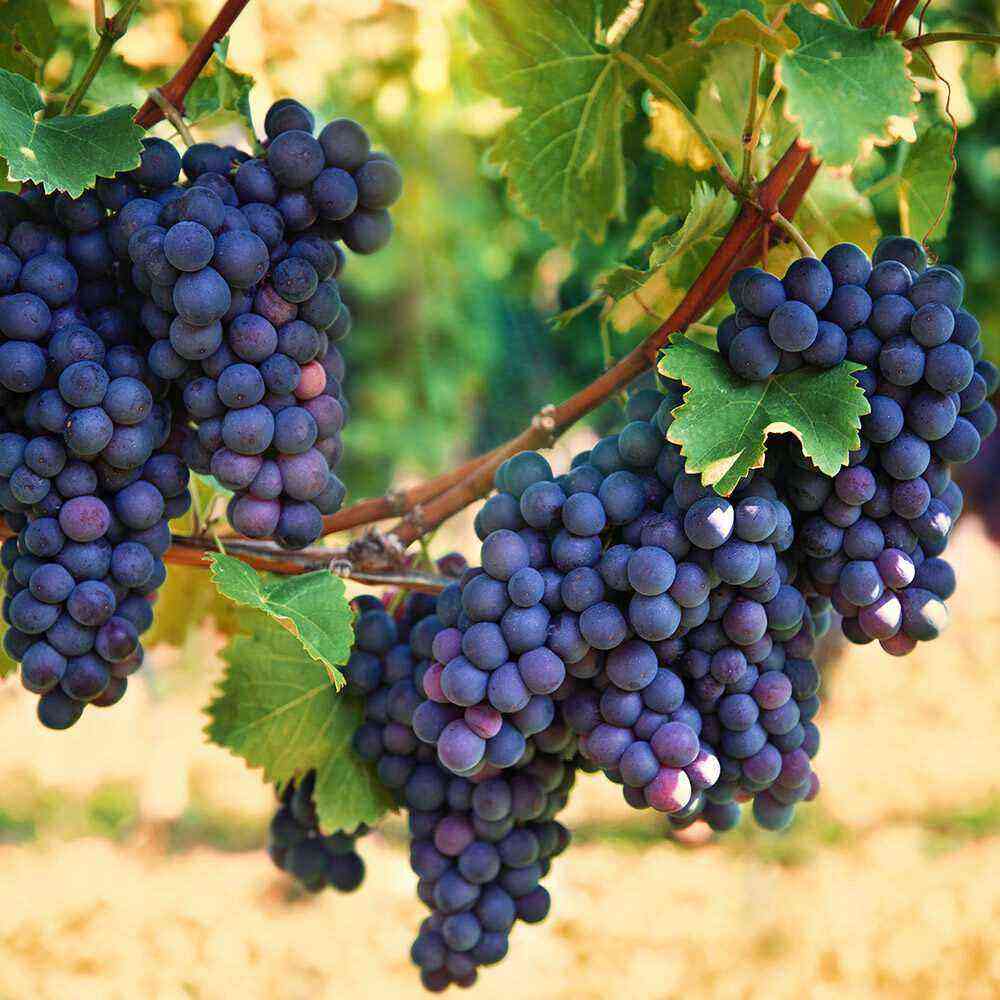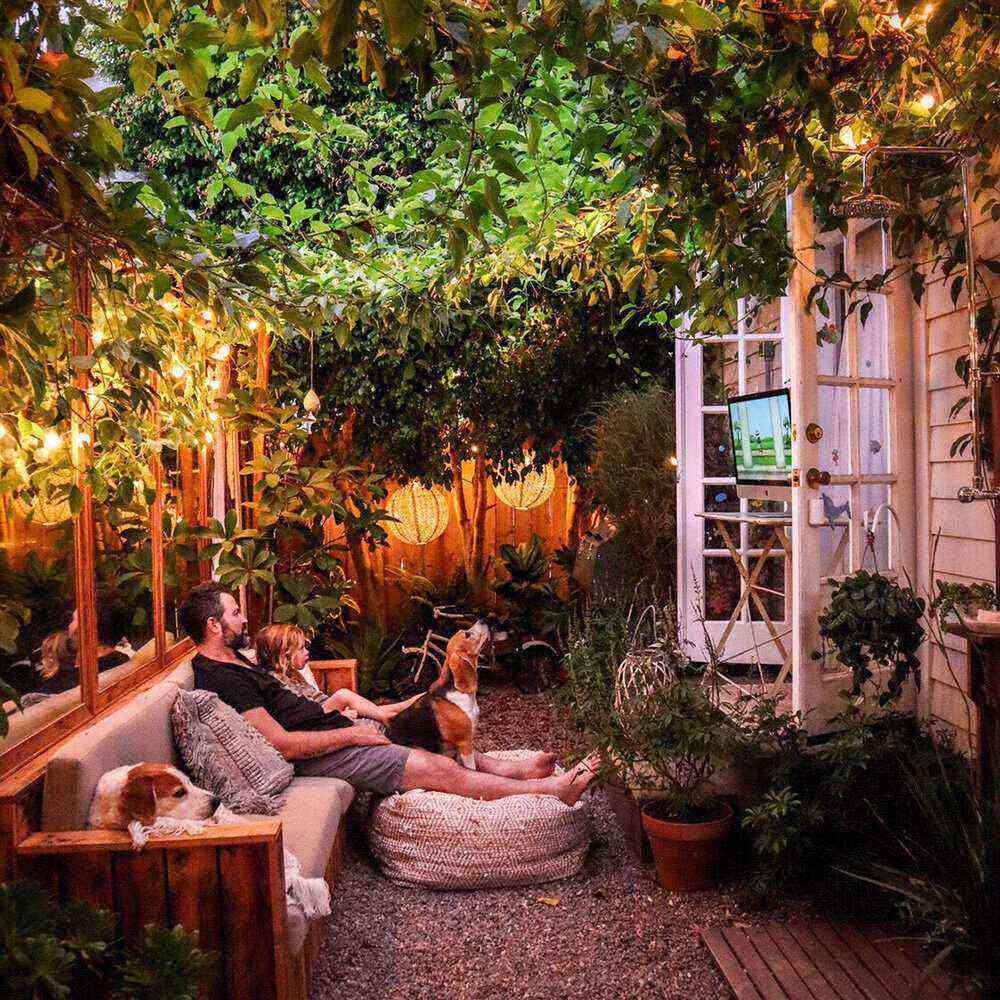Wild grapes on the fence can be a very attractive decoration for personal lands, if you know how to plant them along the fence in spring and autumn. Attention deserves planting both cuttings and seeds. A separate hot topic, when such a decision is made, is how to care for a hedge.
Advantages and disadvantages
Wild grapes on the fence cause anxiety among many gardeners and summer residents. Its roots grow very strongly – so that it is difficult to get rid of them when the need for the plant disappears. There are also concerns that the lush ground foliage will become a haven for rodents that damage plantings and spread dangerous infections. It is also worth considering that grapes are a deciduous crop, and every autumn you will have to clean the site.
But all these problems are either exaggerated or balanced by the objective virtues of wild grapes. It can be grown equally successfully:
- on a chain-link mesh;
- on a brick or wooden structure;
- on a fence made of concrete blocks;
- on a corrugated board fence.
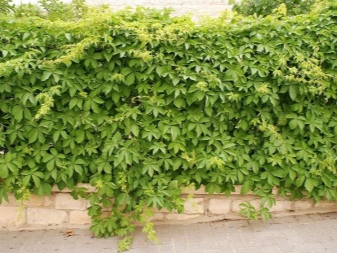
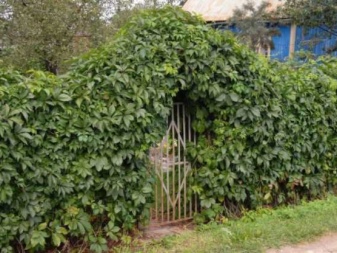
Competent care allows you to use the vine to decorate gardens. Plant:
- able to endure cold down to -45 degrees without additional shelter;
- does not require intensive watering even in rather dry times;
- can reproduce by any of its parts, as well as by seeds;
- has white-green or rich emerald leaves in summer, turning cherry-red in autumn;
- by the end of August – the beginning of September, it forms many brushes from small grapes of a blue-lilac color;
- can be fixed even on a very flat surface;
- prevents dampening of fences or weakens it;
- dampens extraneous noise;
- holds back dust;
- becomes an additional protection from prying eyes;
- resistant to the effects of parasites and dangerous microorganisms;
- does not require a strictly defined composition of the earth;
- can be grown in the shade;
- very diverse in terms of design, allows you to create a variety of compositions.
You can plant bushes of wild grapes even on the north side of the site. There, as well as in shady places, expressive greenery will remain until frost. If you plant this plant in a sunny place, then in the autumn months you can enjoy the full range of red color options.
Such a solution can decorate even the most discreet separation barrier. Grapes will crawl beautifully over any material, including concrete and metal structures.

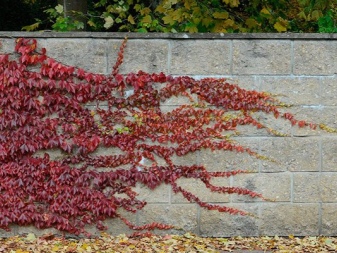
Returning to the cons, it is worth pointing out that:
- berries are inedible;
- with grapes close to the house, foundations and gutters can be damaged, windows are shaded;
- intertwining vines sometimes spoils the appearance instead of improving it;
- you can expect the appearance of leaves only towards the end of spring, when the main part of the plants is already in bloom and draws attention to itself;
- under the roots of grapes, even weeds cannot develop normally, not to mention cultivated species.
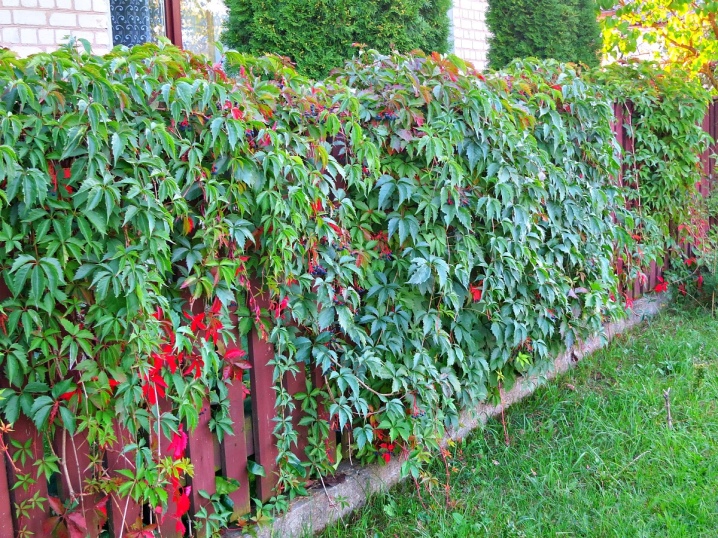
Sorts
It is not necessary to speak strictly biologically about the varieties of Maiden Grapes. However, it has a number of varieties that can be used in decorative culture. Triostreny grapes are a very old type, known since the XNUMXth century. Its vine can grow up to 20 m. Its cultivation is simplified due to its general unpretentiousness.
For triostrennogo grapes are characterized by good branching. You can grow it almost anywhere, because there are no high requirements for the land and the choice of location. Despite the relatively high susceptibility to frost, such grapes endure air pollution. Therefore, it can be recommended even for industrial areas with poor environmental conditions. Other information:
- dark green color of foliage 100-200 mm long;
- spring flowering;
- autumn ripening of blue-black berries.
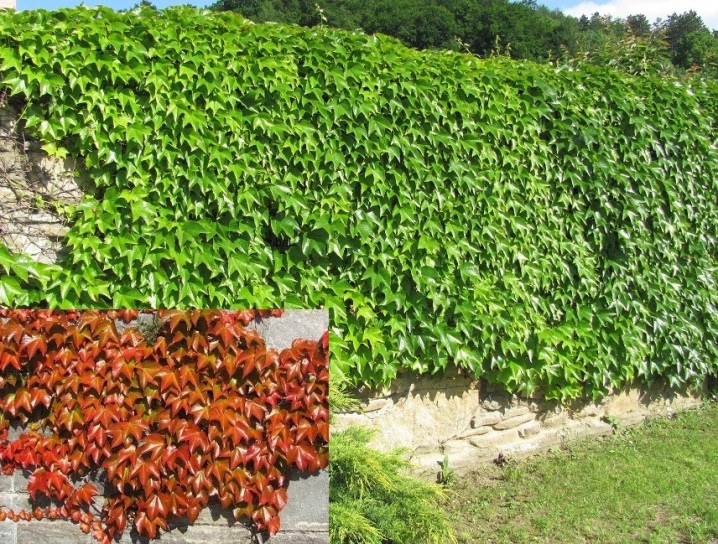
Henry grapes are also popular. Its young stems have the shape of a tetrahedron. Gradually they will become woody. The foliage is formed according to a palmate-complex pattern; 1 leg has 5 light green leaves up to 70 mm in size. In spring, small greenish flowers appear.
It is worth paying attention to the five-leaf form. It grows up to 15-20 m, which is hardly suitable for decorating ordinary fences. The culture is able to endure both cold and air pollution. The length of the leaves does not exceed 20-40 mm. Berries again have a blue-black tone.

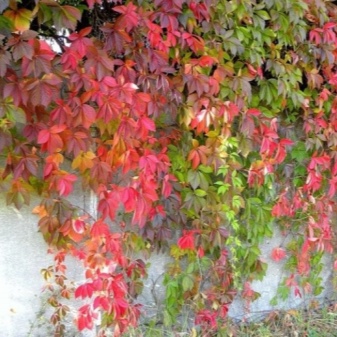
Attached grapes can also be a good option. Its features:
- height – 3-4 m;
- foliage 50-120 mm long, shiny both above and below;
- blue berries.
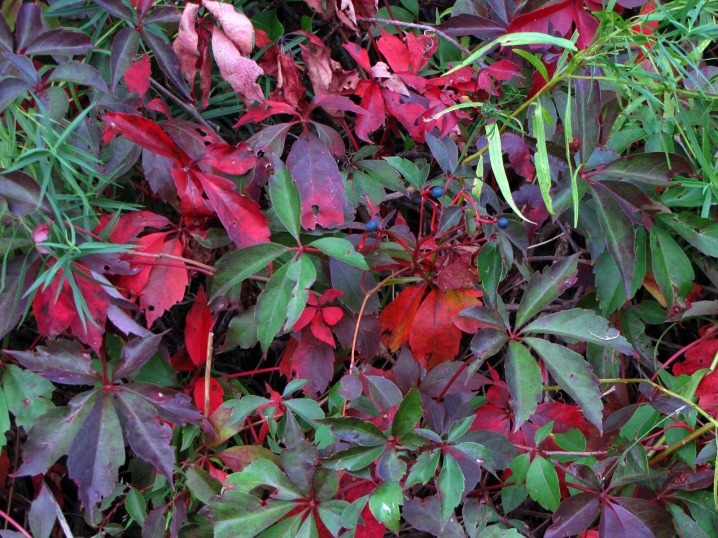
Landing
Trying to plant wild grapes along the fence does not present any particular difficulties. However, there are a number of nuances that must be taken into account. Optimal autumn (September) landing; it was at this moment that the heat had already gone, but it was still quite warm for full development. Illumination is not too important from the point of view of the landing itself. However, it can contribute to the full development or slow it down, as well as affect the color of the plant.
A distance to the main wall of less than 2,5 m is unacceptable. It is also worth keeping wild grapes away from fruit crops, on which their presence is not reflected very well. The optimal distance is at least the same. If the grape vine has reached the top, it must be let out horizontally or outweighed to the other edge.
It is undesirable to plant grape shoots older than 2 years; it is best to use one-year-old plants; 1 sapling should have 1,5-2 m of hedge.

Important recommendations:
- it is necessary to dig a trench with a depth of 0,15-0,2 m, a width of 1 spade bayonet;
- sand, crushed stone or expanded clay should be poured into the base of the trench (sometimes they are replaced with gravel);
- the drainage layer should have a thickness of 0,03-0,04 m;
- then put humus mixed with garden soil.
Wild grape seedlings should be planted in the ground in the same way as they grew before. You can not fall asleep the root neck. When planting a cutting, you need to make sure that it is placed at an angle, with a deepening of a couple of kidneys. It is necessary to compress the soil tightly, making sure that there are no voids.
Wild grapes immediately after planting should be intensively watered, using 10 liters of water per 1 bush.
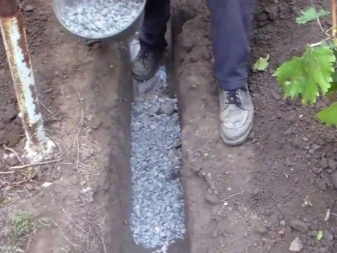
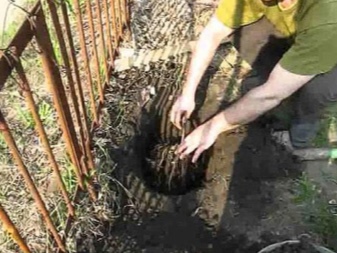
It is possible to avoid excessive spillage of liquid, leaving it to the side due to the formation of bumpers poured from the ground. The watered plant is mulched with:
- grass;
- peat;
- sawdust.
In the autumn
The landing dates are determined by both general climatic and actual weather nuances. It is necessary to take into account the method of reproduction.
Connoisseurs say that planting wild grapes in the autumn months is no less attractive than in the spring. But in the first case, you can’t do without special shelter. It is formed at will.
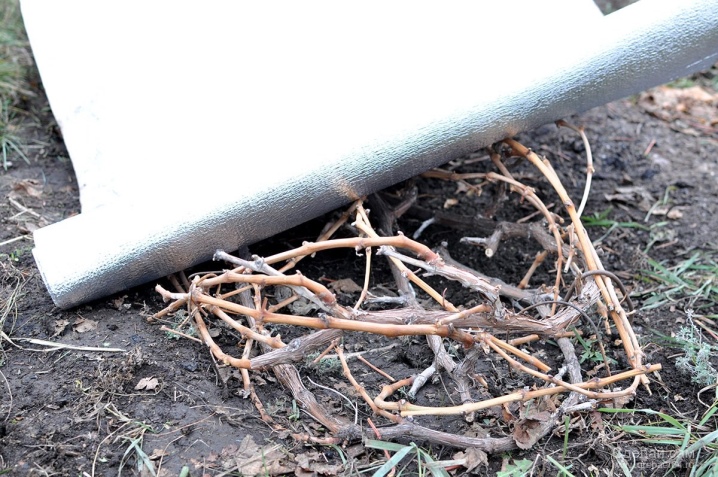
In the spring
If it is decided to use cuttings to propagate grapes, you must wait until May-June. Important: regardless of the landing season, you must work no later than 11 or later than 18 hours. Otherwise, the seedlings may simply burn out. Planting parthenocissus seeds is quite possible. However, they will have to be pre-sown in pots in January, maximum in February.
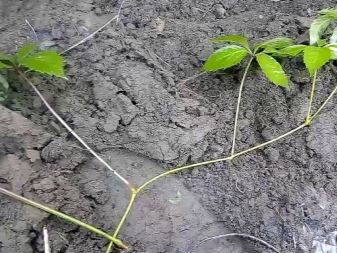

Care instructions
Wild grapes do not need shelter in winter. All the same, in all areas where it can be grown, there are no severe frosts. Only the youngest shoots are useful to spud with earth or peat. The height of such hilling can be no more than 15 cm. In summer, on hot days, watering is required, a good option is a “warm shower” for leaves.
Feeding is practically not required. All that is needed is to mulch the ground with humus in the spring. But these are not all the requirements that must be observed in order to properly care for wild grapes. Twice during the growing season, broken shoots are pruned, excess branches are removed. In order for the plants to bush more actively, the upper parts of the middle shoots must be pinched after reaching a height of 1 m.

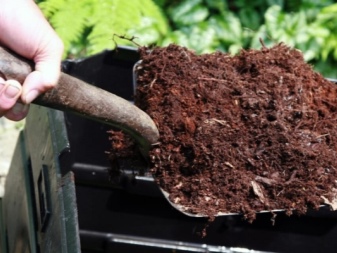
The shoots extending from the trunk must be straightened in the manner of a fan along the net and fastened to it with ropes. Gradually, the grapes themselves will learn to cling to the support, systematically braiding it all. The task of gardeners is only to control the placement with such an increase by timely direction of the branches in the right direction. A haircut is needed several times during the season. If you do not deal with it in a timely manner, damage to the supports and the fall of the entire structure are likely.
Starting from 4-5 years, you can engage in the propagation of culture. For this purpose, in addition to seeds and cuttings, processes and layering are also used. It is necessary to sow the seeds on a special bed made of loose sandy soil. The layout of planting material should go along a grid of 10×10 cm with a depth of 0,5-0,8 cm.
Seedlings will emerge in the spring as soon as steady heat arrives.
Care for such crops must be carried out carefully, at least within a year. All this time, you will have to weed the beds and water them regularly. Only grown seedlings are transplanted to permanent places.

It is much easier to use layering or processes. With the onset of spring, a vine is selected, in which buds will develop well. It is dug in and covered with earth by 5-7 cm. Until the end of summer, this seedling must be watered. In the cold season, they leave him unattended and cared for. In autumn, all sprouts must be separated and transplanted to another place.
Cuttings should be cut in the spring. Each of them should have at least 4 large kidneys. The blanks are kept for 30 minutes in a root-forming solution. Then they are planted either in the final place, or in a container for growing. All care from now on consists in systematic watering, if there are no other problems.
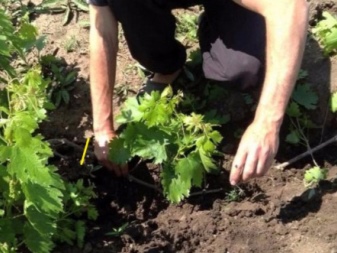
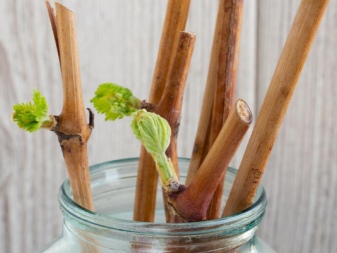
Examples in landscape design
The appearance of a hedge is very relevant when growing wild grapes – because it is for this that everything is started. A good option would be to cover the brick fence with dense thickets. It is quite difficult to see the fence behind them.
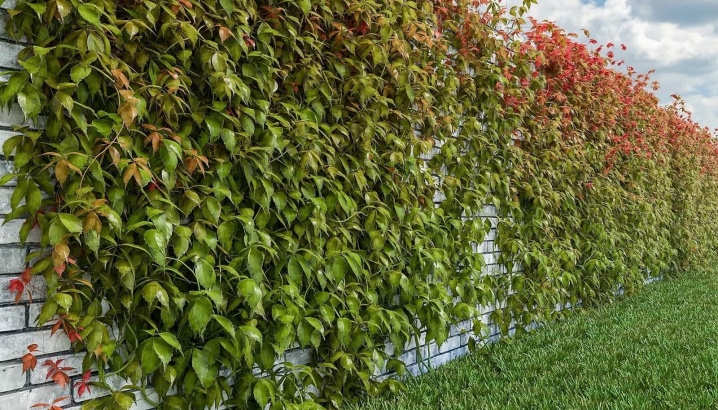
You can do it differently: hide the barrier behind a thick multi-colored carpet; in this example, only part of the wooden gate is open.
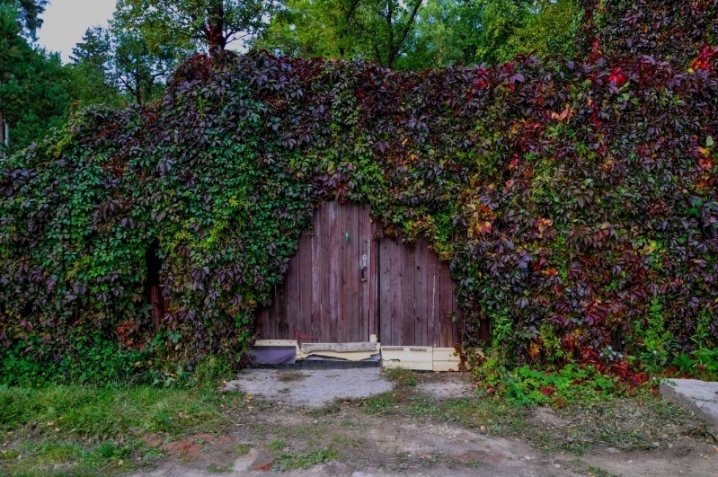
Another option is to use hanging greenery on a metal fence.
